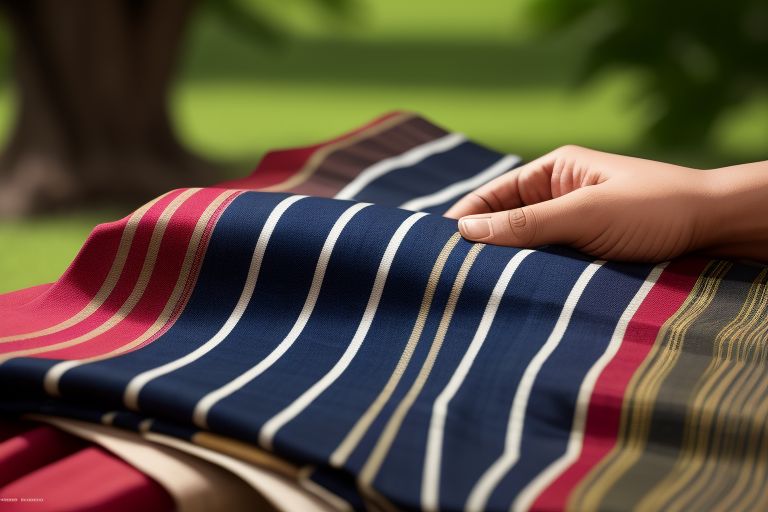The Enduring Legacy of Indian Khadi Fabric
India’s textile heritage is vast and vibrant, with khadi fabric holding a particularly special place. Revered not just for its texture but also for its symbolic significance in India’s freedom movement, Indian khadi fabric today stands as a beacon of sustainability, tradition, and craftsmanship. This timeless fabric has witnessed a modern revival, attracting attention from fashion designers, eco-conscious consumers, and cultural enthusiasts alike.
What is Khadi Fabric?
Khadi is a hand-spun and handwoven fabric made primarily from cotton, though it can also incorporate silk or wool. Unlike industrially produced cloth, khadi requires minimal energy, relying mostly on human skill and natural processes. This sustainable characteristic has made khadi particularly appealing in an age where eco-friendly alternatives are highly valued.
Khadi is more than just fabric—it is a way of life that embodies simplicity, hard work, and harmony with nature. Every piece of khadi fabric carries the personal touch of the artisan who spun and wove it.
Historical Significance of Khadi
Khadi’s importance is deeply tied to India’s struggle for independence. Led by Mahatma Gandhi, the Swadeshi Movement urged Indians to boycott foreign goods and revive domestic industries. Gandhi popularized khadi as a symbol of self-reliance and national pride, spinning cotton himself and encouraging others to do the same.
Wearing khadi became an act of political defiance and unity, making the fabric a living monument to India’s freedom struggle. Even today, khadi continues to evoke feelings of patriotism and respect for indigenous crafts.
The Modern Revival of Khadi
In recent years, khadi has experienced a resurgence not only in India but globally. Fashion designers have reimagined khadi in contemporary silhouettes, creating garments that are both stylish and sustainable. From haute couture runways to everyday wear, khadi is making a strong comeback.
Additionally, the government and private initiatives have promoted khadi as part of the “Make in India” campaign. This revival supports thousands of rural artisans and craftspeople, ensuring the continuation of traditional skills.
Travelers interested in discovering khadi craftsmanship firsthand can easily begin the journey by applying through INDIAN VISA FOR ISRAELI CITIZENS or INDIAN VISA FOR POLISH CITIZENS.
Characteristics of Khadi Fabric
Khadi offers unique features that set it apart:
- Breathability: It keeps you cool in the summer and warm in the winter, making it perfect for varying climates.
- Durability: Khadi is known for its strength and longevity.
- Texture: It has a rich, slightly coarse texture that feels authentic and natural.
- Eco-Friendliness: Minimal use of water and no reliance on machines make it an environmentally sustainable option.
Because it is handwoven, no two pieces of khadi are exactly alike, giving each garment a unique story.
Where to Find Authentic Khadi in India
India boasts many hubs for authentic khadi production:
- Ahmedabad, Gujarat: Home to the Sabarmati Ashram and several khadi organizations.
- West Bengal: Known for fine muslin khadi.
- Tamil Nadu: Famous for its vibrant and colorful khadi weaves.
- Maharashtra: Produces robust, thick khadi often used for jackets and outerwear.
Visiting these regions not only offers a chance to purchase authentic khadi but also to meet the artisans and witness the intricate process firsthand.
Conclusion
Indian khadi fabric is a perfect blend of history, culture, sustainability, and fashion. Its journey from a symbol of resistance to a fashionable and eco-friendly textile continues to inspire. Whether you are a fashion enthusiast, an eco-conscious buyer, or a cultural traveler, khadi offers a meaningful connection to India’s past and its sustainable future.














Post Comment